
Cicadas are back in town!
The distinctive deafening sound of cicadas accompanied my mid-morning stroll in Kumeu a few weeks ago.

Savage garden and an attack by a killer mantis.
A giant mantis dismantles its prey.
A white butterfly flutters gently on a pot plant decorating the fence line beside the tree nursery. It is rushing to fill the tank with carb-rich nectar. It’s dangerous to park here for too long. Something is amiss? The delicate wings are beating with too much urgency.

Savage Garden and an attack by killer wasps.
Chemical warfare in a tiny Rotorua garden.
On a sunny afternoon relaxing in suburban Rotorua, above the lake not far from the CBD, bad things happen in tiny gardens.

A solitary green bottle with onboard advanced drone technology.
My tiny vegetable garden has many surprises.

Dallying with Dahlias
Dally for a while, and look closely at this dahlia plant.

A violent volcanic eruption on Takapuna Beach with little warning. The forest close to the cafe was destroyed.
Auckland is the only city in the world built on a live volcanic field and the Takapuna eruption opened the show.
Large masses of partially molten lava under Auckland City rise relentlessly to the surface.

Cyclamen flowers and seed pods.
Cyclamen flowers bloom forever, and fresh buds pop up regularly. My small pot plant from the local Palmers Gardenworld is providing a beautiful display of colour during our winter.
Change happens slowly. The flower drops its petals, and the seed pod develops. What lies inside?
Thought I’d have a look rather than google it.

Cyclamen Persicum
Cyclamen Persicum.
They do it differently. Flowers invert away from the sun while their petals reflex backwards. Pollen grains fall from anthers like pepper from a shaker.
After the initial transformation, I thought it would be interesting to follow other changes during the lifetime of the bloom.
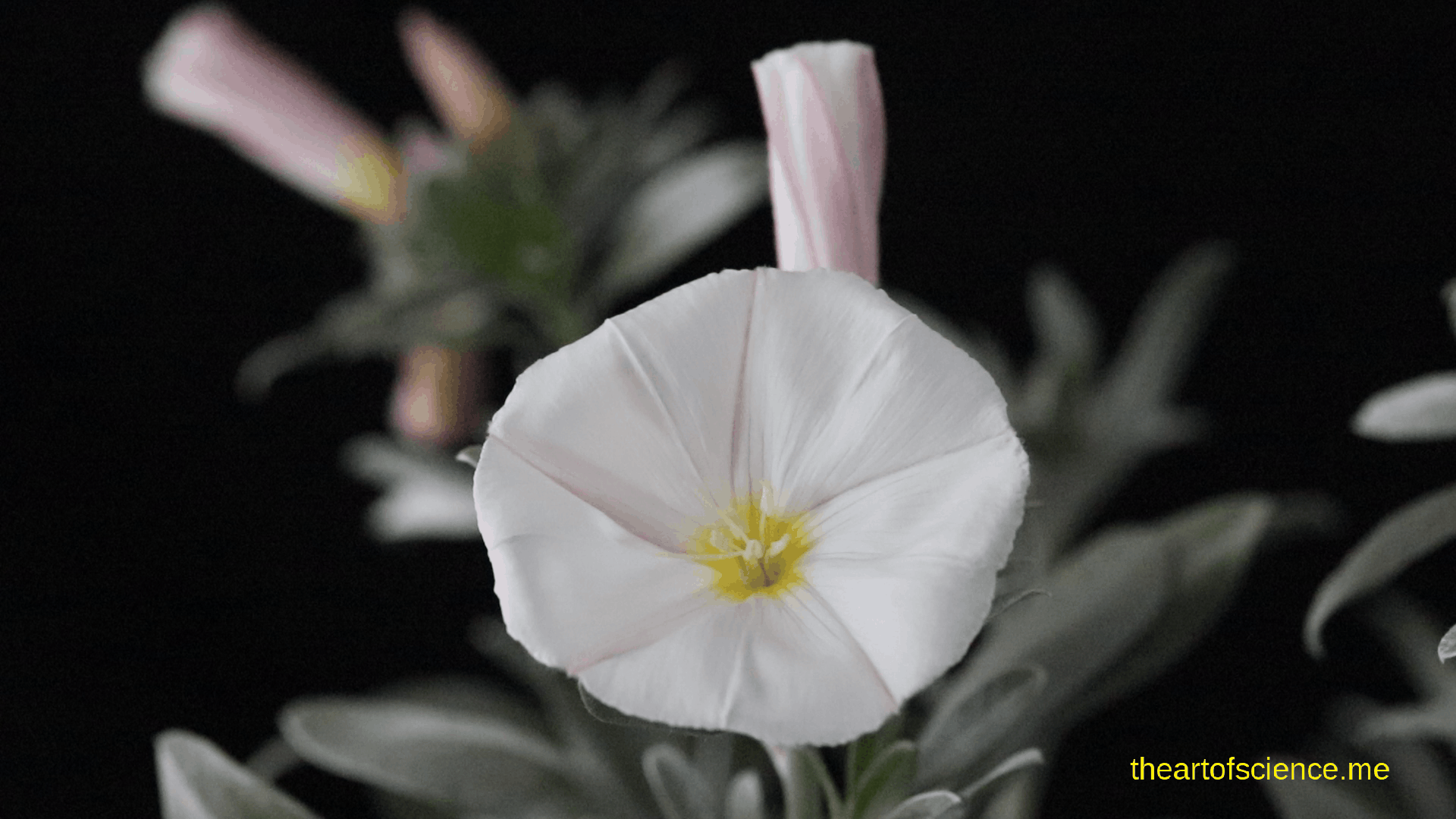
Convolvulus Cneorum an open and shut case.
Convolvulus cneorum flowers don’t last long. They open slowly in the early morning light and close when daylight fades.
When flowers fold away like an umbrella, the flower is dead, and the cylinder slowly falls over.
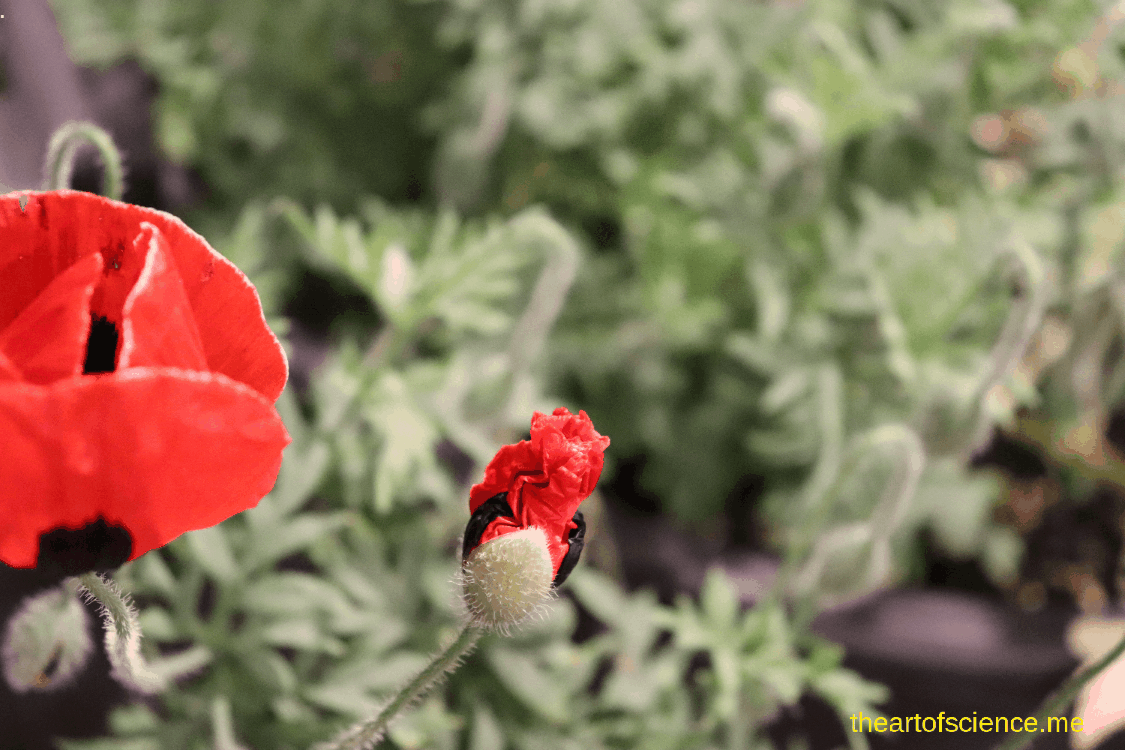
Papaver Rhoeas, the Flanders Poppy.
Red with a striking black center.
The Flanders Poppy grew in battlefield bomb craters around the trenches during World War One.

Convolvulus Cneorum.
Other species in this genus are vines. Profuse pink buds arranged loosely on panicles. The buds unfurl, producing white cone-shaped flowers with a yellow throat. The grey-green leaves are covered in fine hairs giving the plant a silvery appearance.
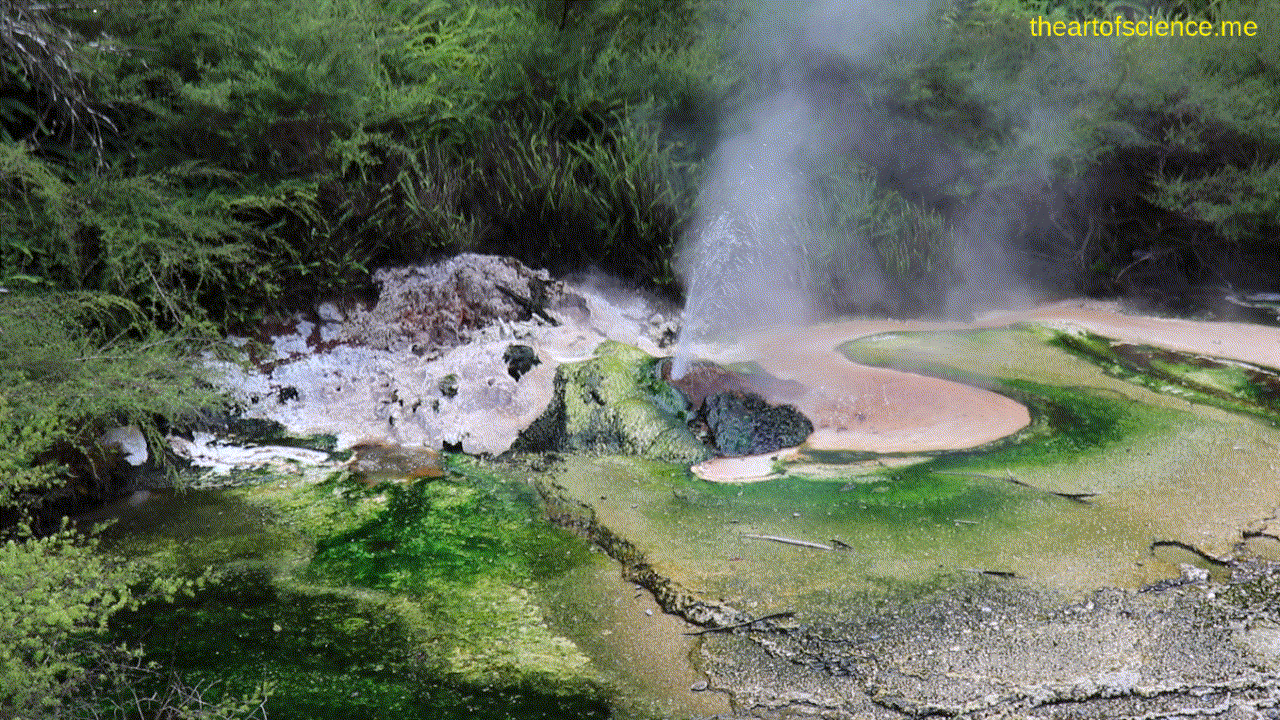
Mount Tarawera and The Waimangu Valley.
Hydrothermal wonders at Waimangu are steaming remains of a violent volcanic eruption that blew Mount Tarawera apart for the fifth time in its violent history.
The heat source for the eruption lies disconcertingly close to the surface beneath Mount Tarawera.
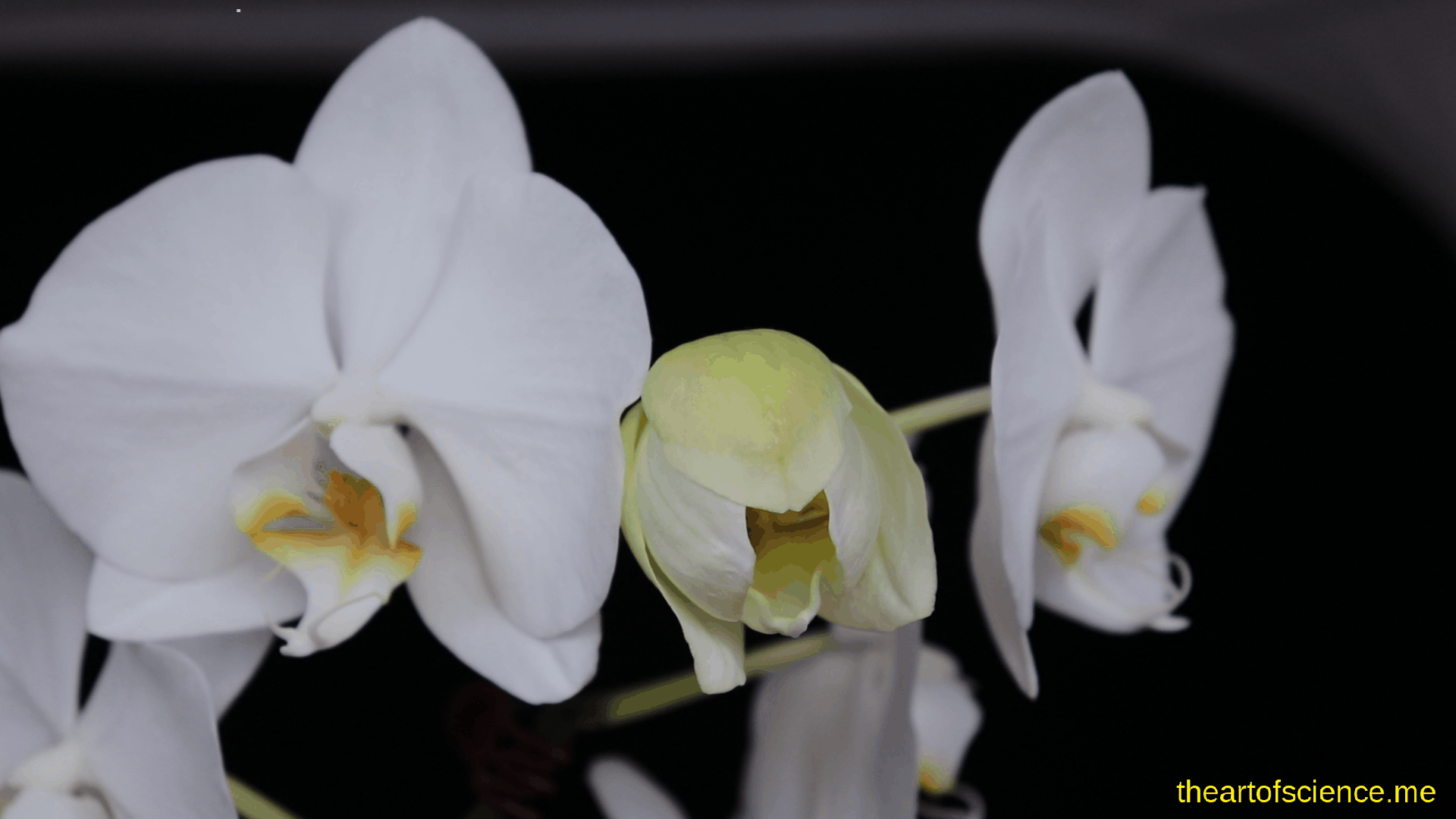
Orchid in White.
My first orchid has survived a number of ordeals. Hurricane-force winds blew the orchid over. I dropped the plant several times and repotted it once. Exposure to bright sunlight, dehydration and extreme cold merely stunned it.

Orchid under the bonnet
Orchids evolved to live in the crowns of trees. They are epiphytes. Specially adapted roots absorb nutrients dissolved in fluids trickling down the tree. I like taking pics; they are exceptionally photogenic.
Orchids are fussy in between shoots. In the wrong setting, they pack a sad and drop their flowers.

Hippeastrum Anthers, a closer look.
Anthers were the sticky-up yellow powdery things that released pollen to insects and the wind. This model worked well through 40 years of science teaching. Biology was a sideshow; chemistry and the wonders of the Periodic Table was my area of expertise.
How pollen emerges from its anther is a wonder to behold. Just a pity it took 70-plus years before I witnessed it.
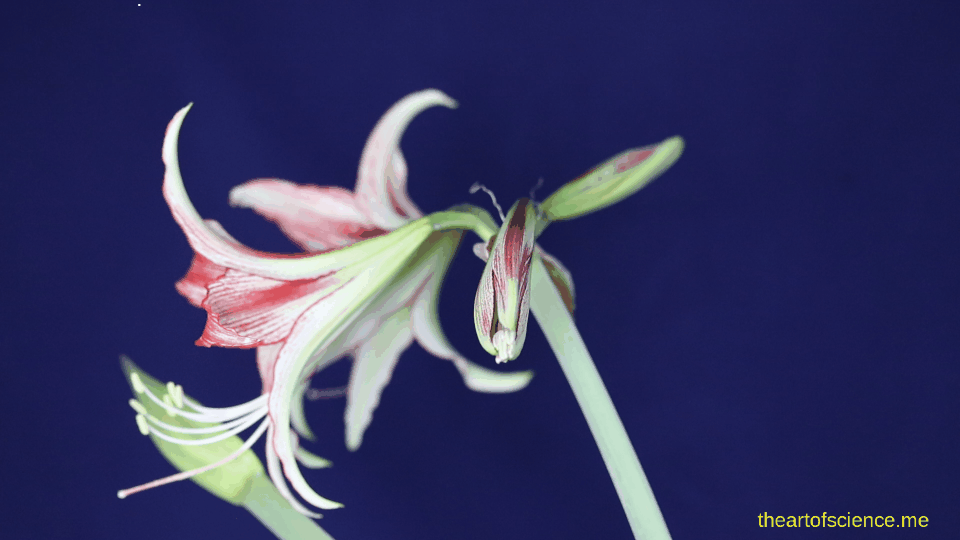
Hippeastrum Emerald.
Another pot plant from Palmers Gardenworld Rotorua. Big bulbs, long stems with the most graceful blooms you will ever see.

Hippeastrum Hercules.
Hippeastrum is my favourite flower. With the local Palmers five minutes away and room for pots at home, who needs a garden?

Mandevilla vines and their quirky pollination technique.
Isolated granite outcrops known as Inselbergs are common in the tropics and temperate regions. Mandevilla vines first gained a foothold there, evolving as they adapted to the challenging environments.

Some Flower Pics.
I came across this small collection of flower pics from a while back. I didn’t use a macro then. Sometimes it’s just enough to admire colours and curves with the odd insect.
Anything else is botany.

Tibouchina, a first look.
I love this plant. The flower opens with a smile while arm-shaped stamens, complete with an elbow wave madly to attract bees.
